
Scotland's best cruise locations: Our top five Scottish destinations
Wherever you choose to cruise, a visit to Scotland guarantees stunning landscapes, awe-inspiring wildlife, ancient traditions and historical cities brimming with character. Here are our top five Scottish destinations…

Edinburgh: The perfect city break
For a city break that offers stunning views, fine Scottish hospitality and an eclectic mix of activities and venues to visit, Edinburgh has it all. Located between the Firth of Forth and the Pentland hills, Edinburgh is both a historic and achingly beautiful city that also serves as the Scottish capital, and the seat of Scottish parliament.
Visitors are attracted to Edinburgh from all over the world, thanks largely to its fascinating history and vibrant atmosphere. If you’re looking for Scottish tartan or souvenirs, you need venture no further than Edinburgh – also referred to as Auld Reekie; a hangover from those industrial days when smoke from coal and peat fires lingered over the city like fog.
Among the most notable sights in the city are Edinburgh Castle as it sits perched atop an ancient volcanic plug, the Gothic spire that stands alongside Princess Street known as Scott Monument and the many timeworn buildings that lie along the famed Royal Mile.
While walking the cobbled streets and climbing lengthy side street stairways, it is easy to see Edinburgh as it once was – centuries ago – while also being able to delight in the offerings of today.
Be sure to join one of the spooky ghost tours to hear the grisly history of days gone by. You can see the city’s oldest streets down by the infamous Mary King’s Close.
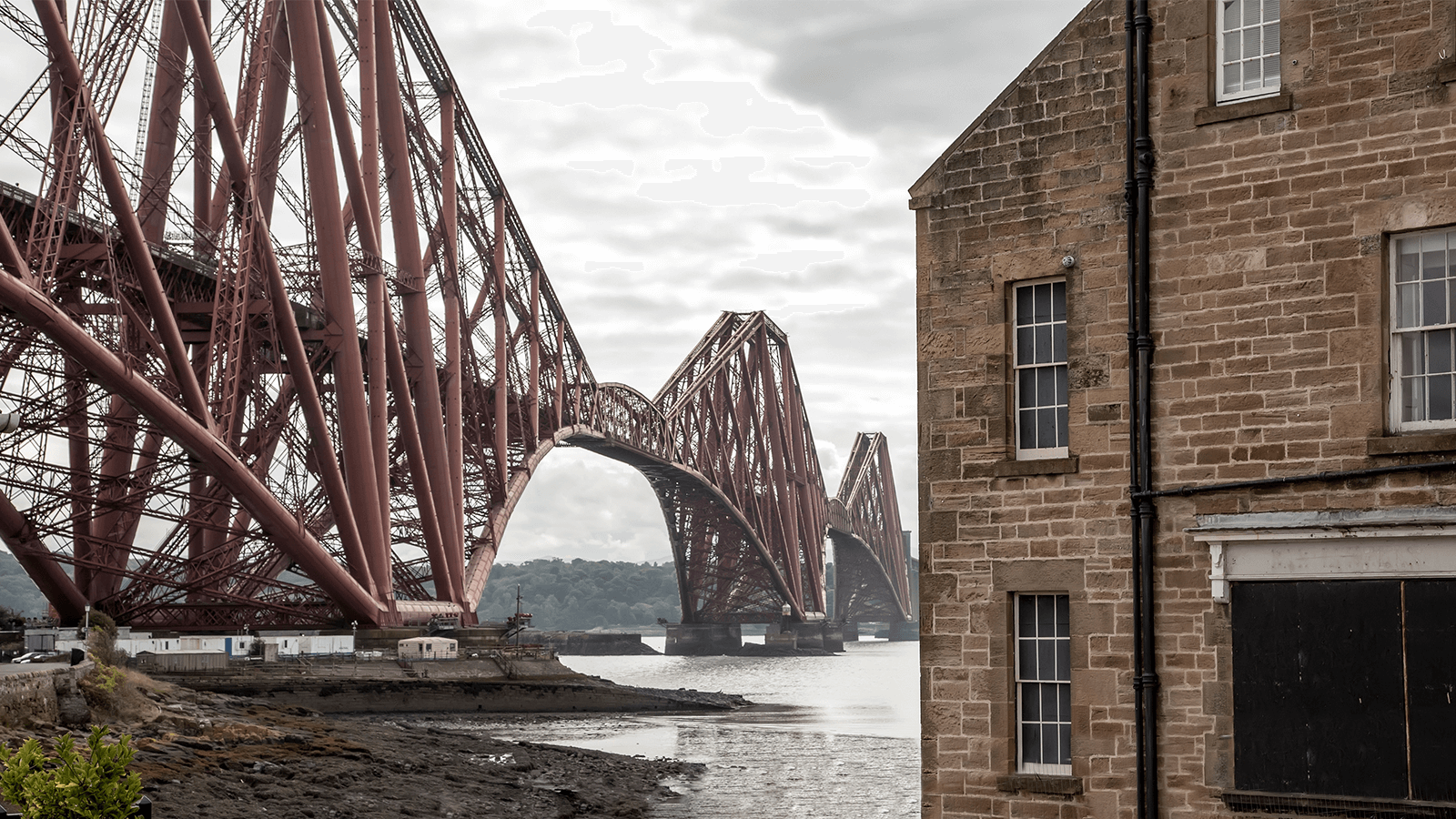
If you appreciate history and fine dining, you will be spoiled for choice when choosing between eateries, cafes and numerous venues that offer wine and whisky tasting. Dine among 16th-century wood panelling and candlelight at The Witchery before going on to soak up the jovial atmosphere of a Scottish pub in full swing.
Time your visit for August and you’ll also be able to enjoy the renowned Edinburgh International Festival, more commonly known as theEdinburgh Fringe.
This is a lively, spontaneous event where hundreds of artists and performers entertain the capital for three busy weeks. The likes of Eddie Izzard started their careers here.
You’ll find comedy performances, music, literary talks, circus and cabaret across the city’s theatres and concert halls as well as an array of outdoor spaces. The Royal Mile is a cultural hotspot during this unique occasion and a good place to get first acquainted with the Edinburgh Fringe.
Another major event in Edinburgh’s calendar is the Military Tattoo, where marching bands and parades combine to form the largest performing arts festival in the world while Edinburgh Castle stars as a stunning backdrop.
To fully appreciate the beauty of Edinburgh, climb Scott Monument for a 360-degree panorama of the city before a walk down by the Grassmarket.
Round off your trip in style by heading over to the nearby Port of Leith to board The Royal Yacht Britannia, which served as a floating palace for over four decades in the service of Queen Elizabeth II.

Dundee: A surprisingly characterful history
Dundee is a characterful city that is full of surprises and relatable, down-to-earth history. Situated on the north bank of the Firth of Tay and nor far from the glorious east coast and the famous University town of St Andrews, you’ll find yourself pleasantly occupied in this lesser known corner of Scotland.
Dundee is the fourth largest city in Scotland. Flanked by gently rolling hills and the lap of the Tay river, a first glance would likely not tell you that Dundee was an important trading port that served as an important hub for the global jute and various textile industries during the Industrial Revolution.
Dundee also built some iconic ships including RSS Discovery, which famously hosted Captain Scott’s legendary visit to the Antarctic.
After her daring ventures, RSS Discovery returned to her birthplace of Dundee and now serves as an award-winning museum. She is the only scientific vessel to be added to the UK’s National Historic Ships Core Collection list and a visit will be sure to leave you inspired.
If you enjoy maritime history, seek out HMS Unicorn – known as Frigate Unicorn – also berthed in Dundee’s docks. Built in the 1820s, during the reign of King George IV, this former Royal Navy ship is one of the most original seagoing vessels in the world. Having resided in Dundee since 1873, HMS Unicorn formerly served as a training vessel for the Royal Navy Reserves.
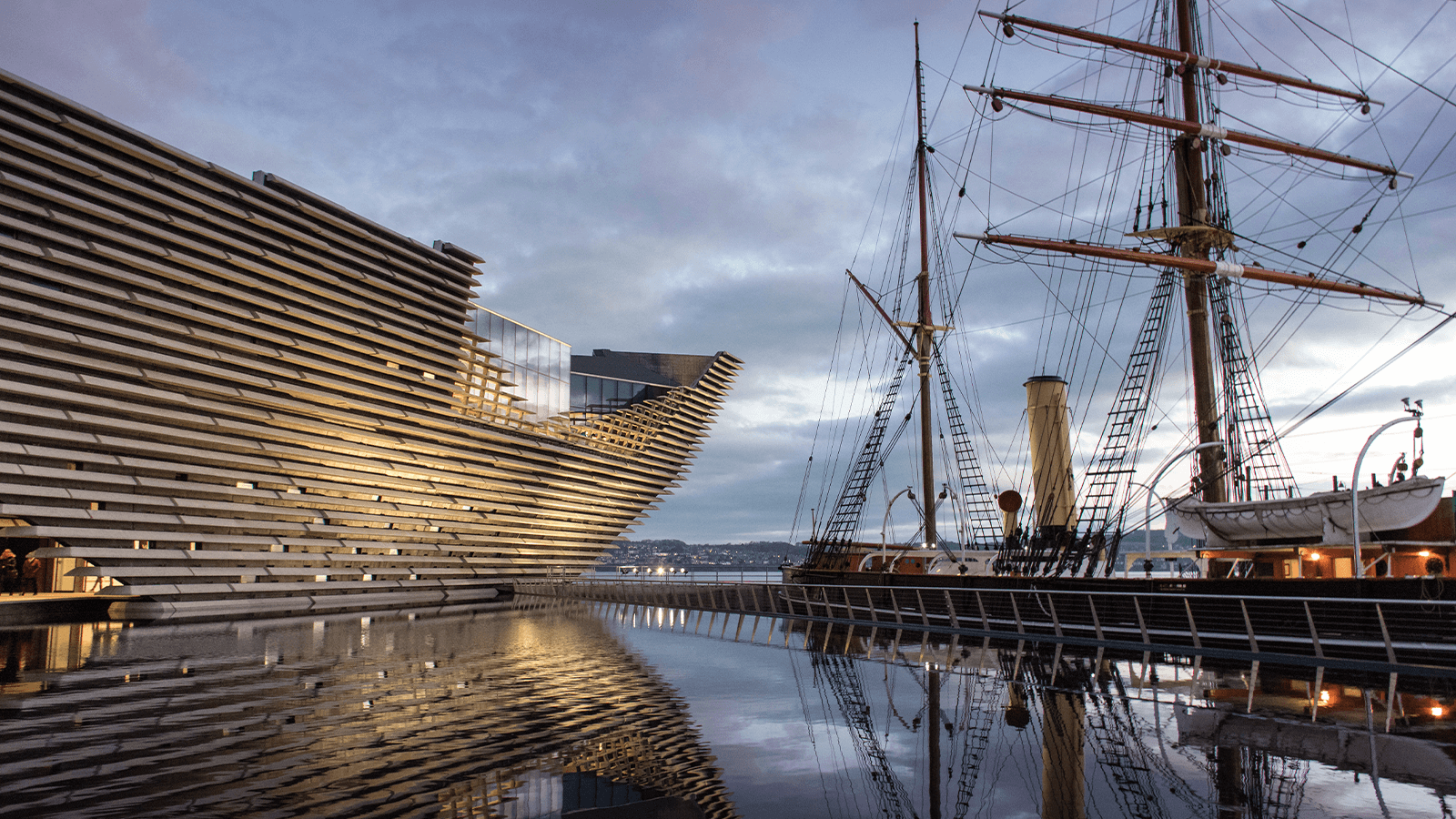
To explore the industrious side of Dundee, drop in at the Verdant Works, a beautifully refurbished mill that now serves as a world-class visitor attraction and documents the city’s rich heritage.
To appreciate how Dundee is connected to the main Scottish transport networks, take a stroll along the recently refurbished waterfront. From here, you’ll be able to look across to Fife and two bridges that connect to the Kingdom.
The Tay Road Bridge – also known as 'Steve' thanks to a radio campaign by Wave 102 – was opened in 1966 by the Queen Mother. ‘Steve’ remains one of the longest road bridges in Europe today.
Situated alongside this impressive road crossing is the Tay Rail Bridge. This structure has an interesting history as it replaces the original bridge which collapsed during a violent storm in December 1879.
A steam train was crossing towards Dundee when the disaster occurred and all aboard the doomed train were killed. The stumps of the original bridge still stick out of the surface of the Tay, while some of the old girders form part of the replacement structure.
While Dundee’s foundation and character may lean heavily on the Industrial Revolution, no visit to the city would be complete without visiting the striking V&A Dundee, a design museum opened on the waterfront in 2018.
The venue showcases both new and retro designs, while harnessing the city’s aspirations to serve as a renowned cultural centre.

Shetland: A welcome chance to slow down
There’s no better way to leave the onward march of a busy schedule behind than to lose yourself in a wild, rugged and timeless landscape. Located far in the north of the British Isles, Shetland offers just such a place.
Encompassing over 100 islands, Shetland’s stunning views combined with a strong sense of community will win your heart while also inviting you to enjoy a slower pace and more traditional way of life.
The area welcomes cruise ships and passengers, most often via the thriving port town of Lerwick, which also happens to be Shetland’s capital. You can also explore Shetland from the cruise ports of Fair Isle, Scalloway or Baltasound.
If stepping ashore in Lerwick, look out for the charming Lodberries – a huddle of buildings near Commercial Street that have starred in the BBC TV series Shetland, as well as the historic Hay’s Dock dating from the early 1800s.
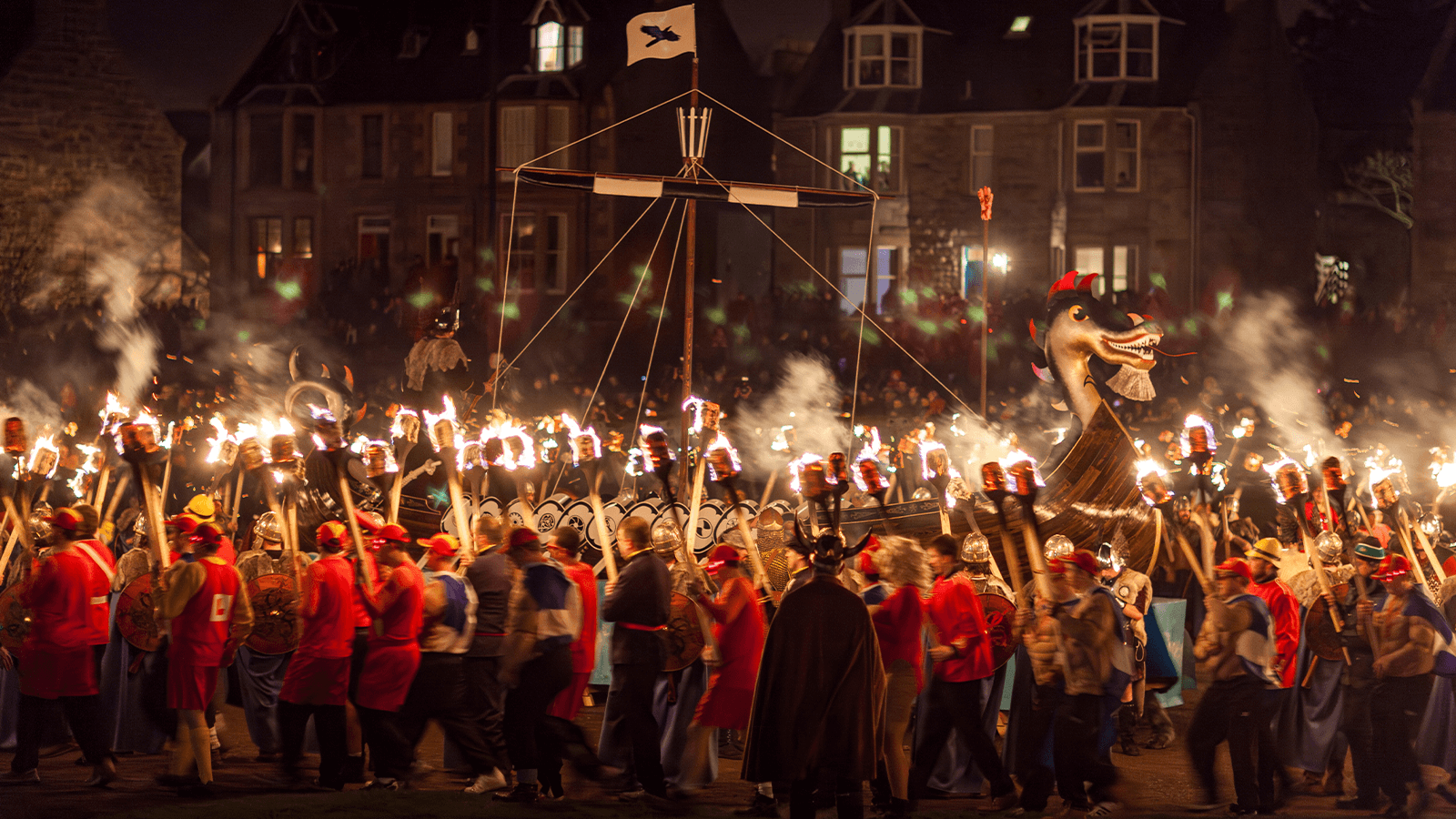
Further afield, the stunning cliffs by the Eshaness Lighthouse are a must-see. This locale is particularly striking as the full force of the North Atlantic meets the coast.
Scattered across Shetland are many venues at which you can savour times gone by. From the Unst Heritage Centre on the northernmost Shetland isle to the Croft House Museum near Boddam and Easthouse Croft in Papil on West Burra, all host displays that showcase traditional island life upon Shetland with the latter two 19th century croft houses, complete with thatched roofs.
Be sure to round off your Shetland trip by seeing the renowned crafts of Fair Isle and lace knitting, both of which offer a glimpse into textile manufacture and the inspiring creativity that springs in such a rural setting.
The collection within the Shetland Textile Museum, at the Böd of Gremista in Lerwick, has both an impressive textile collection and gift shop.

Stornoway: A truly wild expedition
For a true sense of wonder and an intimate window into the natural world and many majestic species, aim for Stornoway. Situated 30 miles off the North West coast of Scotland, Stornoway is the main seaport of the Hebridean islands Lewis and Harris.
Benefitting from the development of a deep water terminal in recent years, Stornoway happily caters for cruise ships while also serving as a crucial link to mainland Britain. Stepping off here, it’s easy to see the town has come a long way from its early founding by the Vikings in the 9th century.
However, for all the progress accomplished, the islands have kept their traditional charm. The 2011 Census found that 43 per cent of Stornoway residents speak Scottish Gaelic with English also widely spoken. Life here operates at a slower pace with Sabbath observance still being observed.
Across the region, a wide array of myths and legends are to be enjoyed as well as the historical venue of Lews Castle and vibrant literary and musical communities.
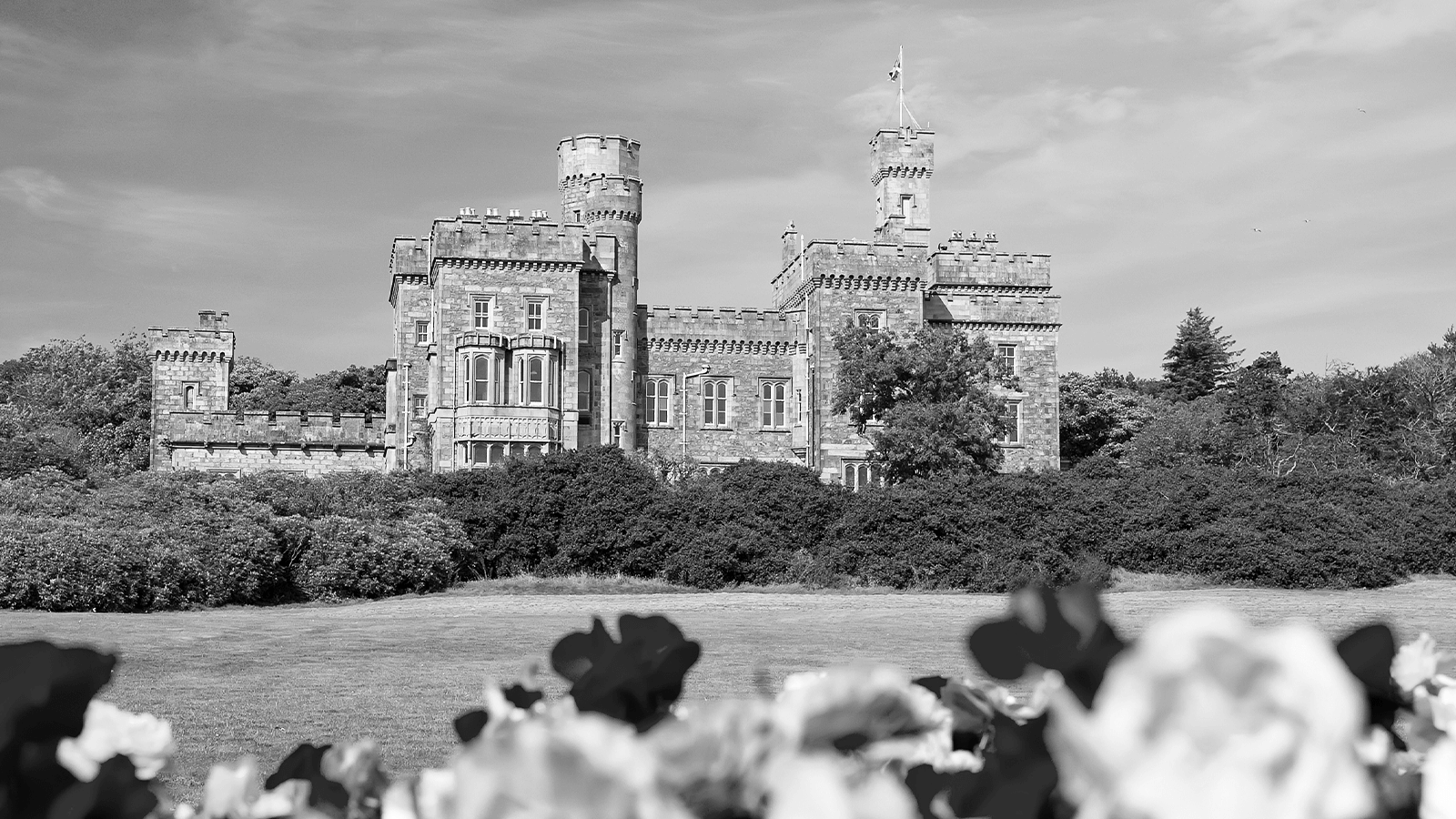
A common sight at Stornoway harbour are grey seals as they play nearby. Many species of dolphin regularly visit the Hebridean Waters including bottle-nosed dolphins and harbour porpoises. White-beaked and striped dolphins can also be seen but this will require going to the Outer Hebrides.
In the summer months, magnificent pods of Orcas – with their distinctive black and white colouring – can be seen while, regardless of season, Sea Otters are to be found along the coast and in sea lochs.
Above the wild Hebridean expanses, it is possible to spot white-tailed, golden and sea eagles as well as hen harriers and merlin while puffins and a plenitude of seabirds such as fulmar, kittiwakes, auks, gannets, arctic terns and red-throated divers reside close to the shore.
Inland, among the endless moors and mountains, you might also spot the royalty of Scottish Highland wildlife, the red deer. Time your visit for autumn to delight in the sounds of clashing antlers and roaring stags as rutting season unfolds.

Inverness: Experience utter Scottishness
Inverness is Britain’s northernmost city, while being regarded as the capital of the Scottish Highlands. Should you seek the opportunity to immerse yourself in all things Scottish, Inverness absolutely merits a visit.
Located at the mouth of the River Ness, at the south-western extremity of the Moray Firth, Inverness has its own port dating back to 1249 as well as four quays. Small ships can dock directly, while larger cruise vessels tend to go on to Invergordon, on the Cromarty Firth, some 24 miles away.
However you arrive, you will soon find yourself in a place that used to be one of the chief strongholds of the Picts and a location that has witnessed many conflicts over the years thanks to its strategic geography.
The demise of King Duncan in the 11th century may have been a long time ago, but will forever be remembered thanks to Shakespeare’s play Macbeth – for King Duncan’s enemy resided in a castle by Inverness.
Several centuries later, in exchange for professing loyalty to King James VII, Inverness was rescued during the Jacobite rising of 1689 by overall Jacobite commander viscount Dundee.
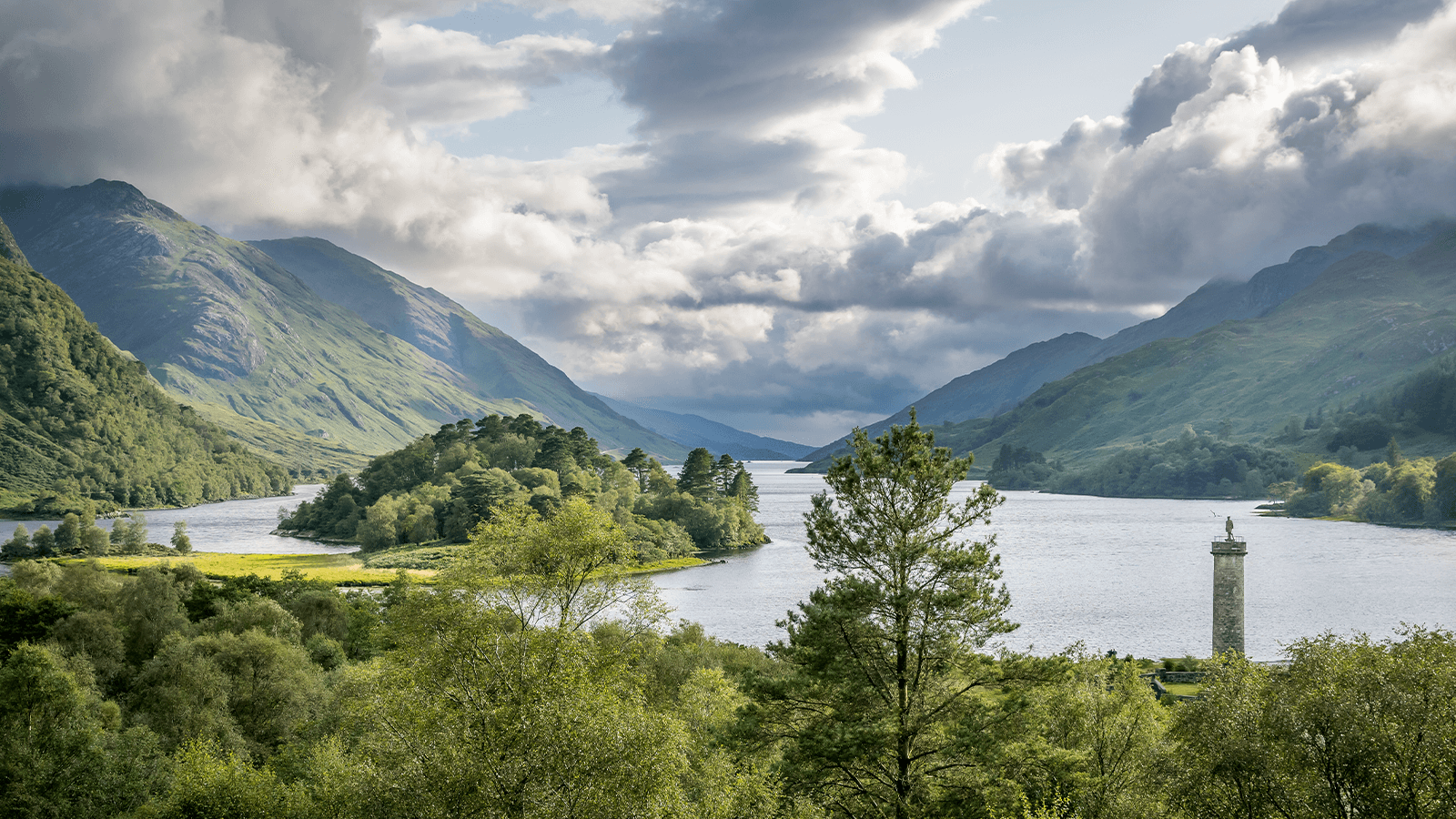
Inverness still retains many of its original Gaelic place names and residents are sometimes known as Clann Na Cloiche – Gaelic for Children of the Stone – while the city itself is often nicknamed Inversnecky or The Sneck.
Adding to the city’s long history and Gaelic roots is the tradition of Highland Music. This is best witnessed at the annual Northern Meeting, to which pipers from far and wide descend to compete in the piping competition.
For fans of the Outlander novel series, there are many key locations to enjoy that also showcase Scottish history. These include the famous Culloden Battlefield – the site of one of the most harrowing battles in British history – as well as the Clava Cairns, a Bronze age monument that likely inspired the mystical stone portal that transported Claire, the lead character, to 16th century Scotland.
Ensure also to drop by Abertarff House from 1593, the oldest building in Inverness that was owned by the Frasers of Lovat for over two centuries.
About an hour’s drive from Inverness, in Newtonmore, is the open-air Highland Folk Museum. A visit to the site is free and there are over 35 historical buildings to explore, including turf-roofed crofts, that show how the Highland communities lived.
For those who enjoy an element of mystery, a trip to Inverness would not be complete without visiting Loch Ness, a significant freshwater loch rumoured to be the home of the Loch Ness Monster, more often affectionately referred to as Nessie.












